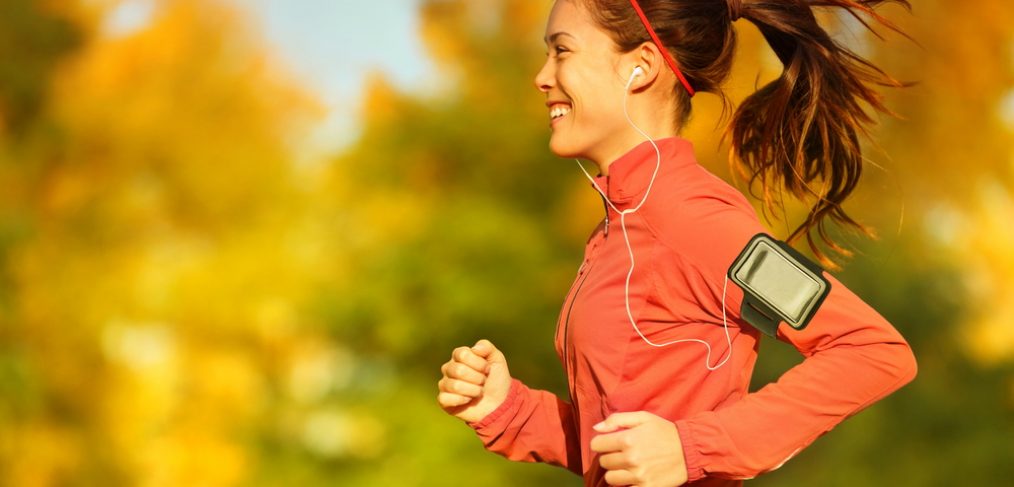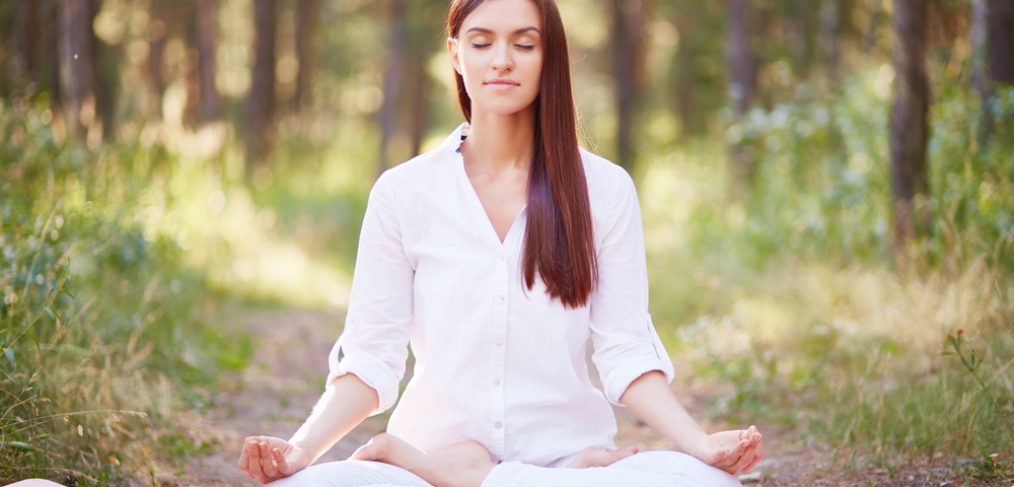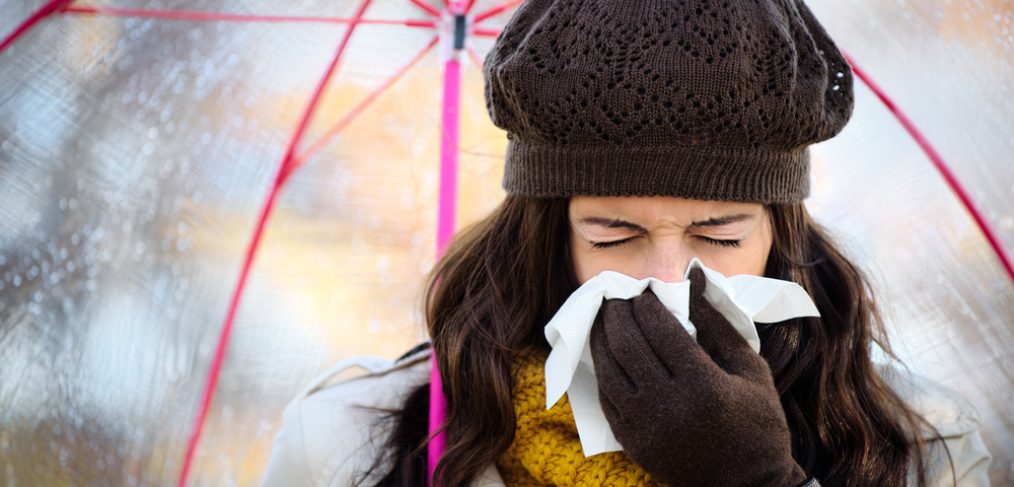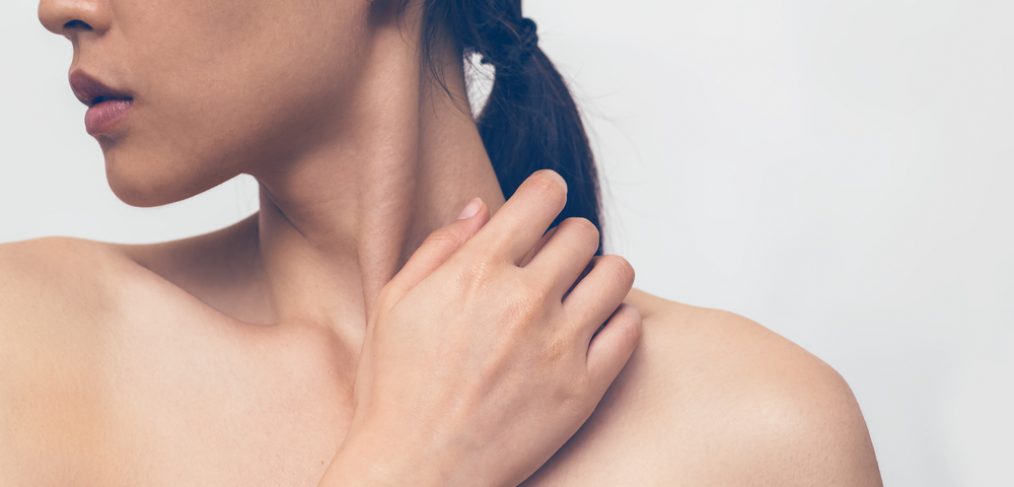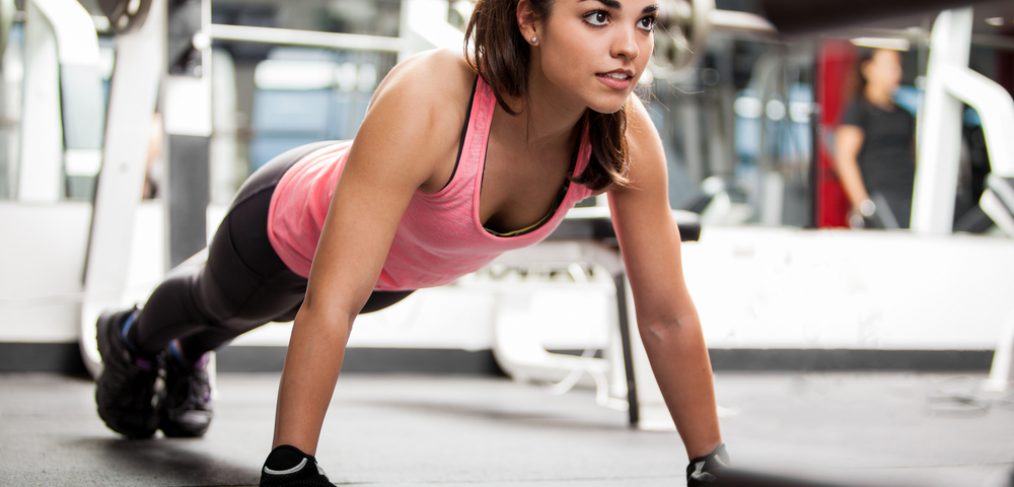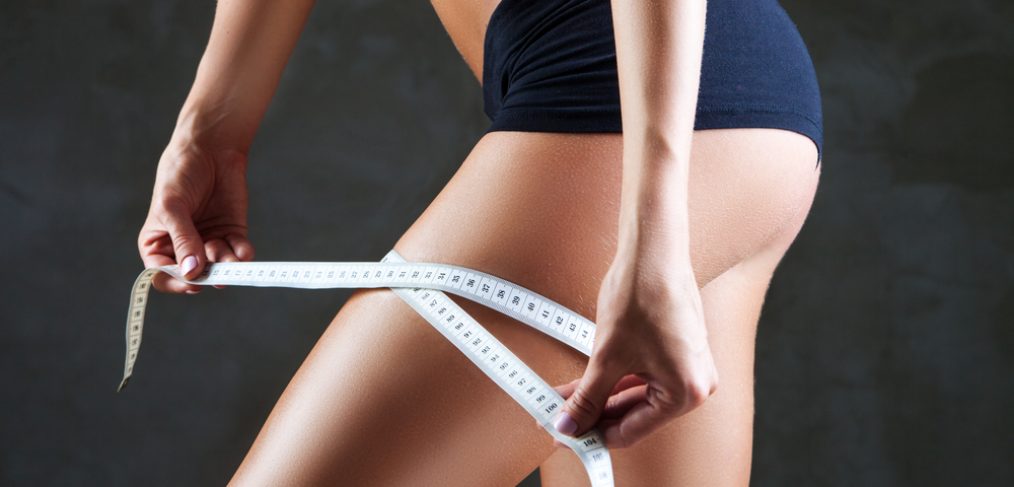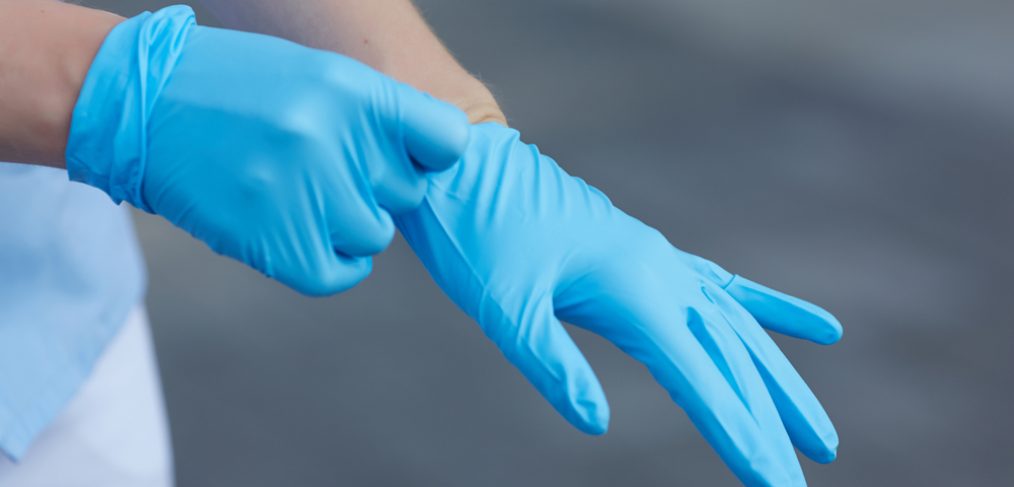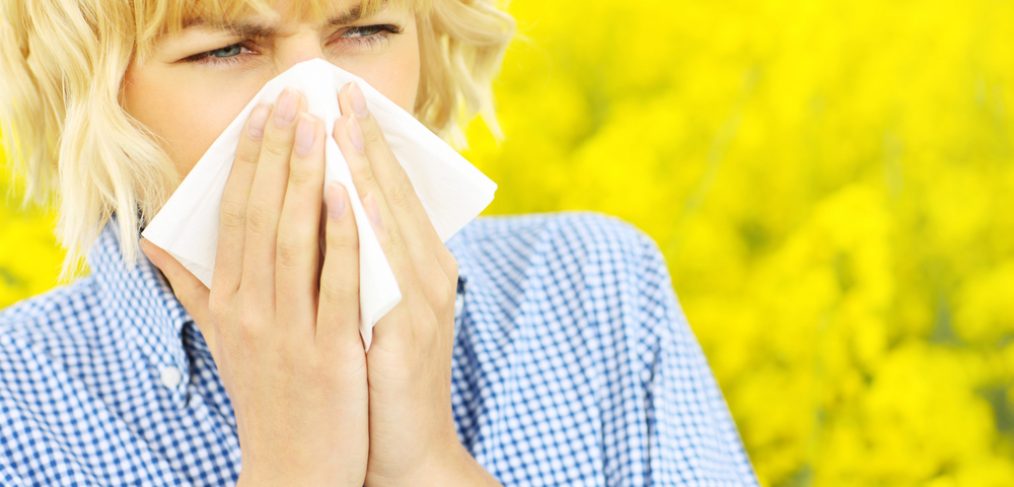Why is it that some women always seem to look great? Obviously, there are some who invest in designer wardrobes, top of the line haircuts and treatments, manicures, pedicures, the list goes on. But there are some women who seem to need none of that stuff. No matter how simply they’re dressed, or how little effort they’ve put in, they just seem to shine. It’s the skin.
According to a PMC study on mate choices and facial preferences, healthy skin is one of the most important determinants in picking a mate. The study finds that, “there is a large and obvious selective advantage in detecting healthy partners for social exchange and mate choice” and people are “more willing to reciprocate trust from healthy looking social partners than from social partners who are unhealthy looking.” The research goes on to explain that, “skin health may be a particularly useful marker of current health condition,” and we all want to be attractive, right? Jessica Wu, MD and author of , “Feed Your Face,”says, “My conclusion is that naturally gorgeous skin often starts with your diet.” So let’s dig in!
1. Walnuts
Eat walnuts? If you do, you are eating the only nut that has a significant level of omega-3 fatty acid. That’s great news if your not too keen on fish, which also contains loads of the nutrient. Walnuts have alpha-linolenic acid, which protects from eczema, plus they’re great on froyo and ice cream.
2. Kale
Kale is a powerful source of both lutein and zeaxanthin, which are nutrients that neutralize free radicals from UV light, and can even safeguard against wavelengths that penetrate sunscreen. Just one cup of these mean greens give you 134% of you daily vitamin C and 133% of your daily vitamin A, both of which are known for their skin firming properties.
3. Rosemary
According to a study done by the International Journal of Epidemiology, the regular consumption of four or more herbs per day, such as rosemary or thyme, was known to reduce the risk of melanoma by 60%. These herbs contain large amounts of antioxidants and block the sun’s free radicals before they cause damage to the skin.
4. Almond Milk
Since Dr. Wu says, “Research shows dairy is highly inflammatory, which means it will aggravate acne, wrinkles, and rashes;” it is suggested that almond milk is used as a more skin-friendly alternative. Use it in your coffee and on cereal for better skin health.
5. Soy
A study of middle-aged women in Japan found that those who ate 40 milligrams of an isoflavone found in soy had improved elasticity and fewer lines in their skin when compared with subjects who received a placebo. The isoflavone, known as aglycone is effective in preventing collagen from breaking down, thereby decreasing the chance of sagging and wrinkles. You can get your 40 mg dosage in 1 oz. of dry roasted soybeans, 3 oz. of tempeh, or 6 oz. of tofu.
Got some more info on healthy skin food? We love to hear your comments. Let us know if you’ve tried any of these and what you think.




